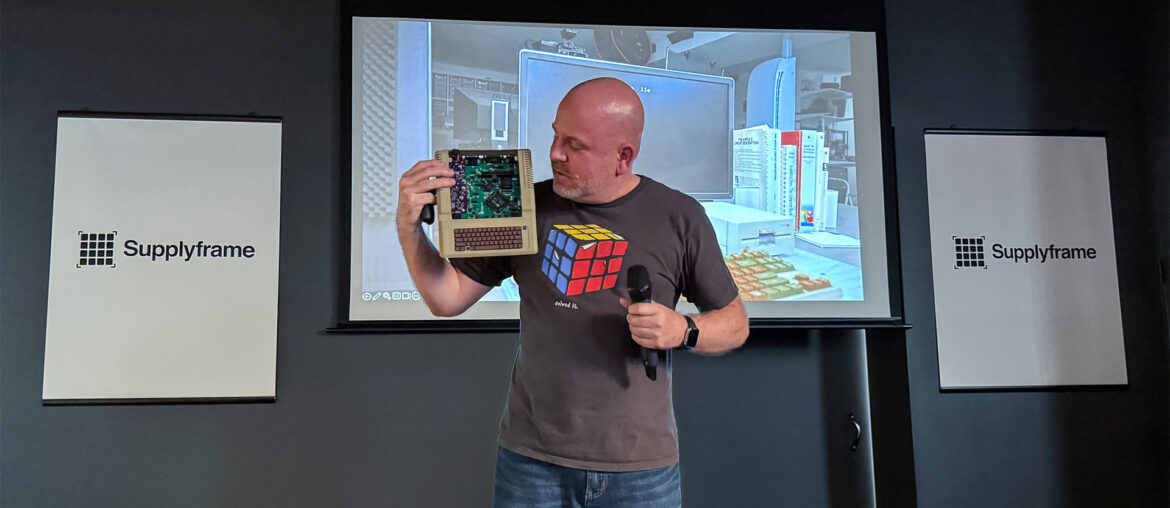These links accompany the Mega IIe presentation at Supercon 2023.
The Dayton Amateur Radio Association (DARA) hosted Hamvention 2023 in Xenia, Ohio, on the weekend of May 19th. This annual event is the largest gathering of amateur radio operators. Sprawled across the Greene County Fairgrounds and Expo Center are commercial vendors selling gear or services, educational talks, license exams, and a massive flea market.
Often I hear this question: “how can I get better solder joints?” Without looking at anything they are doing, I already know that they could be using more flux. Or, as I point out in this video, perhaps the correct type of flux!
Flux removes oxide layers, gets contaminants out of the way, and makes for better solder joints. But there are so many different types of flux and even more ways to apply it.
This video goes over the different types of Rosin (R, RA, RMA), Resin, Organic, and Inorganic flux. Then it shows what kind of residue gets left over. And explains why “NO Clean Flux” actually needs to be cleaned (in most cases).
What is No Clean Flux?
In the video, I make the bold statement that “no clean” is not a type of flux. I know some people will take issue with that. However, based on the IPC chart for flux bases, “no clean” is not one of them. And if you look through datasheets, you’ll find lots of variations of what manufacturers call “no clean.”
From what I can tell, “No Clean” flux is generally a Non-activated or mildly activated Rosin or Resin type. The remaining residue is non-conductive and non-corrosive. So by that general definition, many fluxes can be marketed as “No Clean.”
A powerful, but an underused feature of digital oscilloscopes is the trigger circuit. Learn from James how to use an oscilloscope’s trigger to find glitches, measure pulse widths, see transients, and stabilize a scope’s screen. This video explains the difference between Auto and Normal sweep modes, shows how to use a Pulse Width trigger, and explains how to use Hold-Off.
When running on a battery, it is important to know what parts of your circuit draw the most current. Profiling is a process where you look at sections of code or interactions with hardware to see how much power each requires. In this video, James shows four tools (and their tradeoffs) when profiling IoT or Edge Machine Learning devices. See if it makes more sense for you to use a Digital Multimeter (DMM), Power Supply with history graphs, an oscilloscope
Everywhere I look, I see a new device with a microcontroller, some sensors, a battery, and 2.4 GHz radio. All of these things connect to the Internet. It is like the internet is becoming full of these things. (There should be a catchy name for that.)
As a hardware designer, there is always a concern about how much power these devices consume. Modern microcontrollers (and sensors) are very dynamic devices. In other words, they go from sipping nanoamps to hundreds of milliamps in a few microseconds (or faster.) So, slower devices like a DMM may not be fastest enough to measure a device’s current consumption for an accurate view of its full behavior.
In this element14 Presents video, I compare Handheld DMM, Bench DMM, Power Supply (with graphing), Oscilloscope with Current probe, and Source Measurement Units (SMU) for measuring an IoT device’s current consumption. My favorite tool for this activity is the Nordic Power Profilier Kit 2. It is a USB-based SMU designed for measuring the power consumption of IoT devices. The best part is they only cost around $100!
